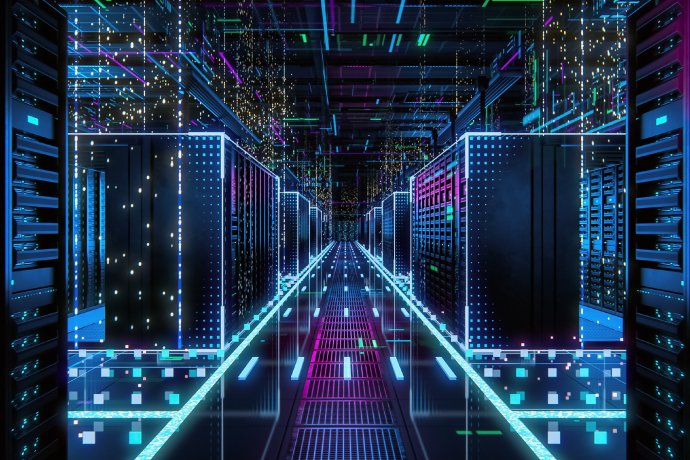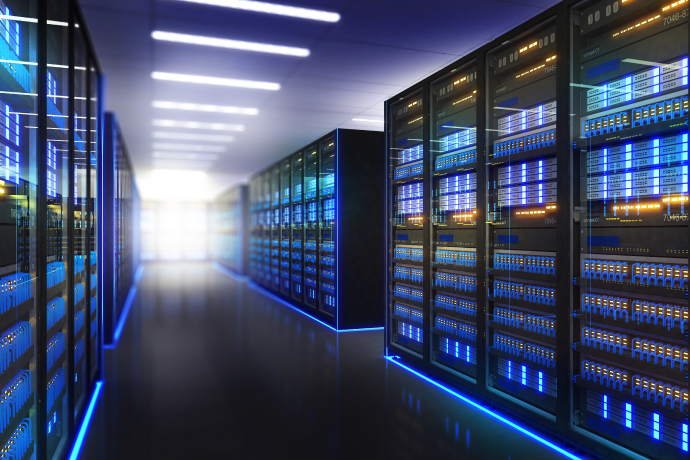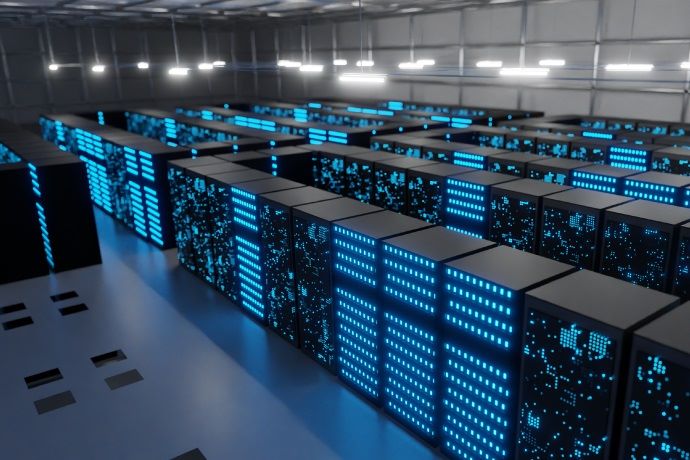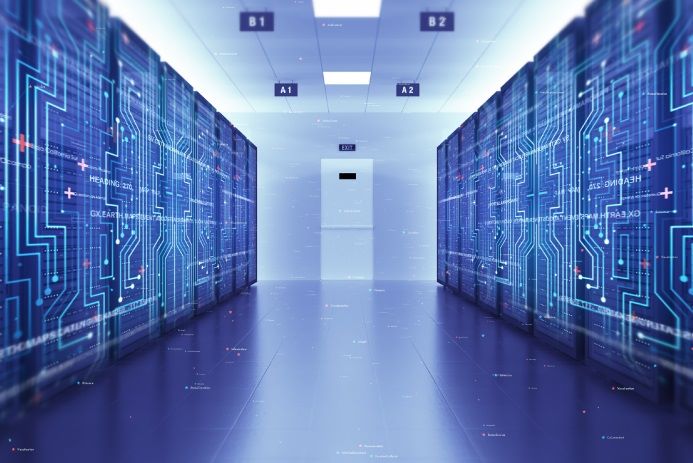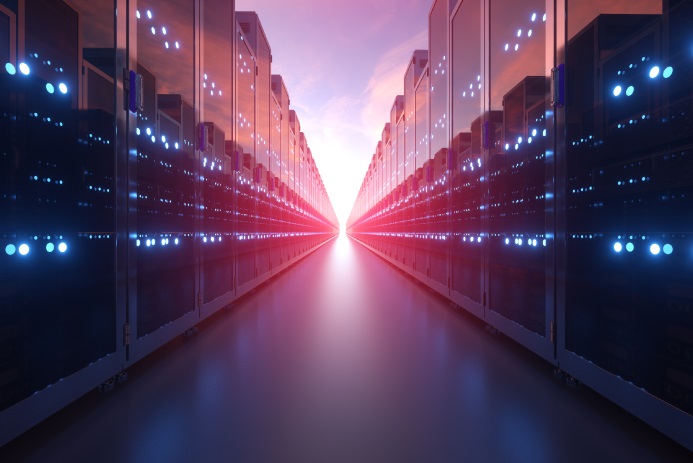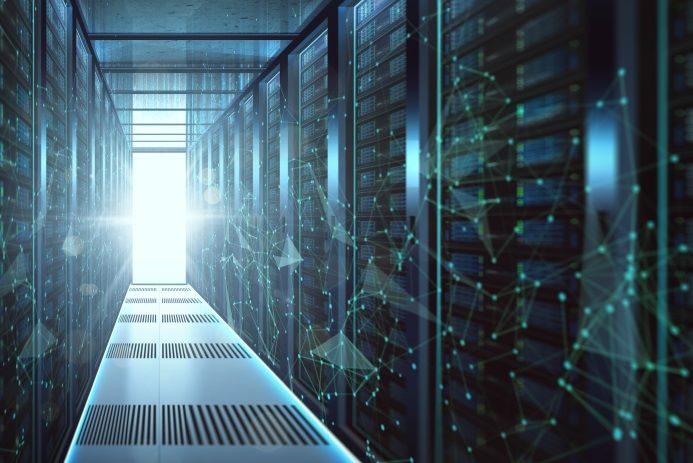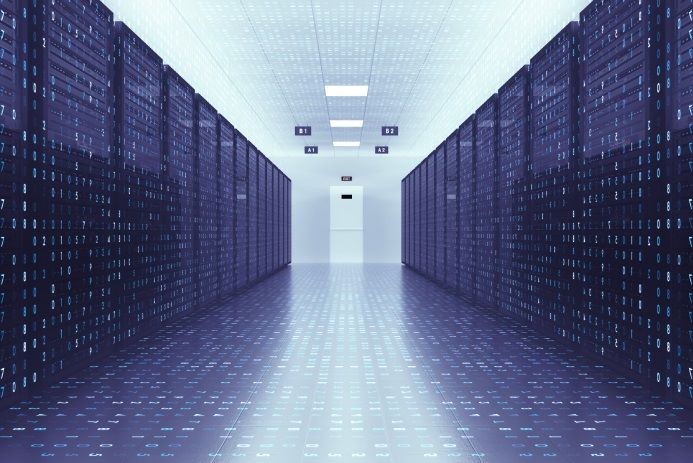As global businesses increasingly seek optimal locations for their data centers, GIFT City in Gujarat stands out as a premier choice. This forward-thinking global financial and IT hub combines strategic advantages with cutting-edge infrastructure, making it an ideal location for colocation needs.
The Rise of GIFT City
GIFT City (Gujarat International Finance Tec-City) is a visionary initiative aimed at transforming the region into a world-class financial and IT center. Strategically located in Gandhinagar, Gujarat, GIFT City is India’s first International Financial Services Centre (IFSC), positioning itself as a global player in finance and technology. This designation attracts multinational corporations and financial institutions worldwide, making it a focal point for international business.
As a Smart City, GIFT City integrates advanced technology and sustainable practices into its design and operations. Its commitment to innovation is reflected in its infrastructure, which adheres to stringent international standards, including being Platinum-rated for green building practices. This dedication to sustainability enhances the city’s appeal to businesses looking to minimize their environmental footprint while maximizing operational efficiency.
Why Choose GIFT City for Your Data Center Needs
1. Strategic Location:
GIFT City’s geographic positioning provides exceptional connectivity to major Indian cities and international markets. Its proximity to Mumbai, India’s financial capital, and its connectivity to other global financial hubs make it an attractive location for data centers serving a broad customer base.
2. Robust Infrastructure:
GIFT City has state-of-the-art infrastructure designed to support high-performance data centers. The city’s planning incorporates redundant power supplies, advanced cooling systems, and high-speed connectivity—key elements for maintaining the reliability and efficiency of data center operations. This infrastructure meets the demands of modern data processing and storage needs, offering a reliable environment for critical IT functions.
3. Favourable Business Environment:
As an IFSC, GIFT City provides a range of benefits tailored to finance and technology businesses. These include favourable regulatory frameworks, tax incentives, and an ecosystem designed to support innovation and growth. For data center operators, this translates into a supportive environment with clear regulations and incentives that facilitate business operations and expansion.
4. Sustainability:
GIFT City’s Platinum-rated status underscores its commitment to sustainable development. For data centers, this means reduced energy consumption and a smaller carbon footprint. The integration of green building practices and renewable energy sources aligns with global sustainability trends, providing a compelling reason for businesses to choose GIFT City for their data center operations.
Yotta G1 – Leading the Charge in GIFT City
Among the key players in GIFT City’s data center landscape is Yotta Data Services, with their Yotta G1 data center standing out as a prime example of the city’s promise and potential.
1. Advanced Infrastructure: Yotta G1, a data center in GIFT City, integrates the latest technologies in data center design, including high-density racks and robust power management solutions. The data center features robust power backup systems, including an N+1 fuel system, ensuring uninterrupted power supply even during peak demands. Yotta G1 connects through a 33 kV dual-feed cable distribution in the Utility Tunnel of GIFT City, further enhancing its power reliability. As an AI-ready facility, Yotta G1 is equipped with NVIDIA H100 GPUs and L40s to meet the high-performance demands of modern digital operations.
2. Innovative Cooling Systems: Yotta G1 employs an advanced HVAC system that combines a district cooling system with dedicated DX (direct expansion) units. The district cooling system distributes chilled water from a central cooling tower to Yotta G1 via an underground tunnel, ensuring energy efficiency and operational reliability. DX units serve as backup cooling systems, providing redundancy and ensuring uninterrupted cooling operations.
3. Strategic Location Advantages: Located within GIFT City, Yotta G1 benefits from the city’s strategic positioning and advanced infrastructure. This makes it an attractive choice for businesses seeking a reliable and well-connected data center partner in India. The data center’s compliance with IFSC regulations, coupled with favourable tax benefits such as no GST and stamp duty exemptions, makes it a suitable option for businesses looking to maximise operational efficiency and cost-effectiveness.
4. Cutting-edge Security: Security is a top priority for Yotta G1. The facility employs state-of-the-art security measures, including physical security protocols and advanced cybersecurity features, to ensure the safety of data and operations. Additionally, the Yotta G1 data center in Gujarat has earned the Data Embassy designation, further emphasising its commitment to protecting sensitive information and infrastructure.
The Future of Colocation at GIFT City
GIFT City represents a significant advancement in India’s journey towards becoming a global hub for finance and technology. Its strategic location, robust infrastructure, and commitment to sustainability make it an excellent choice for data center operations. With facilities like Yotta G1 leading the way, businesses can confidently leverage the advantages of GIFT City to meet their colocation needs. Yotta G1’s advanced infrastructure, sustainability focus, and strategic location within GIFT City ensure that data is managed in a world-class environment designed for the future.













